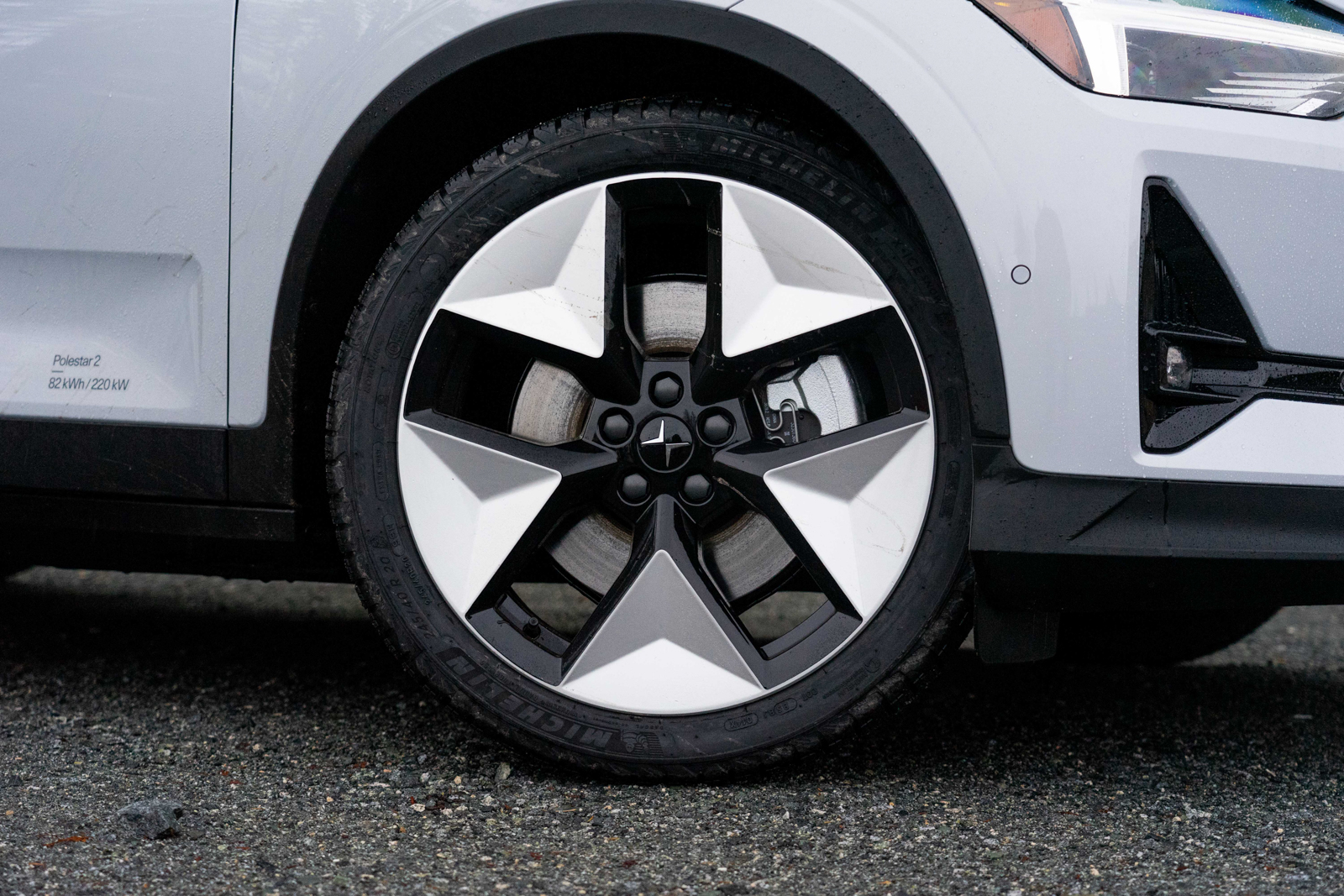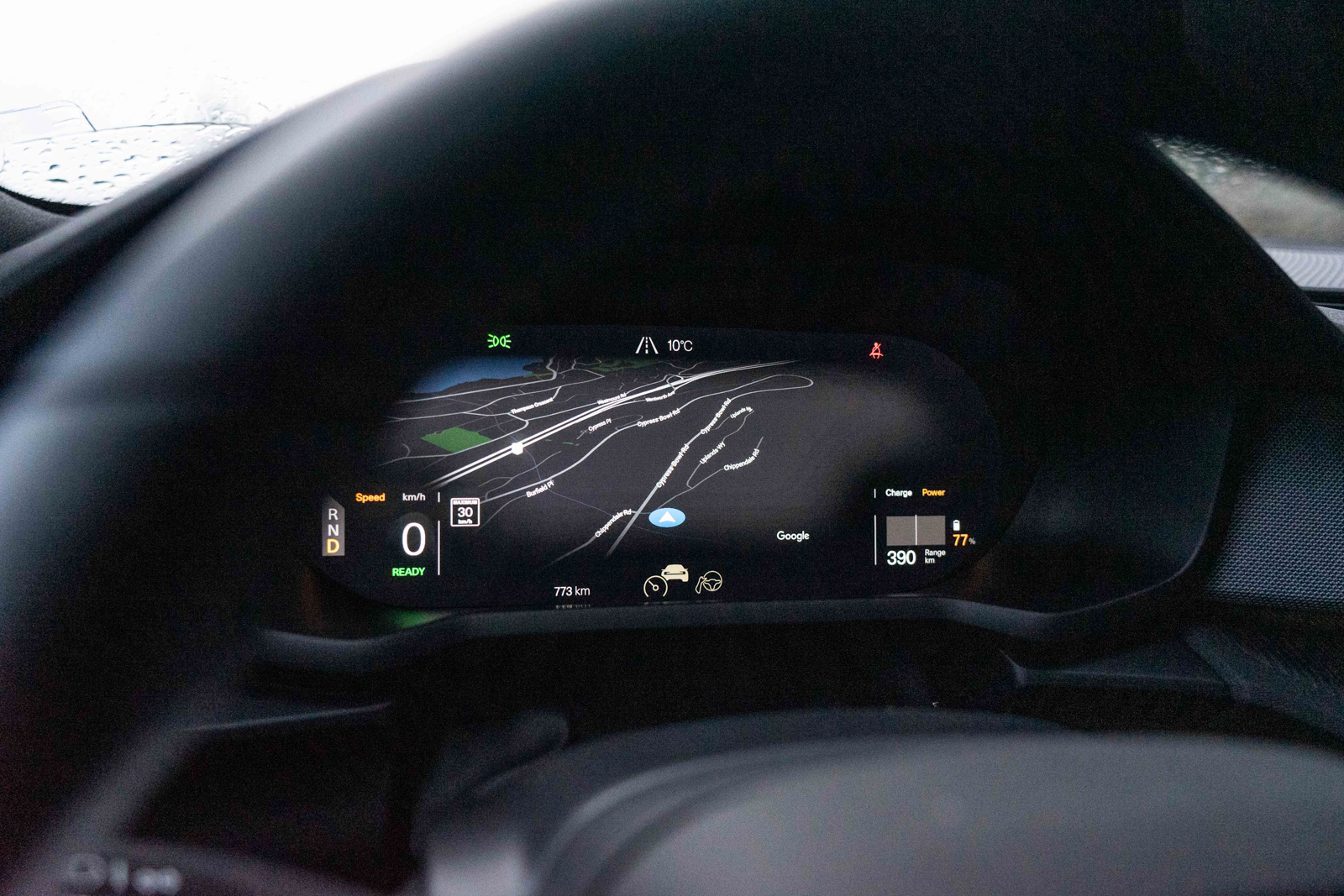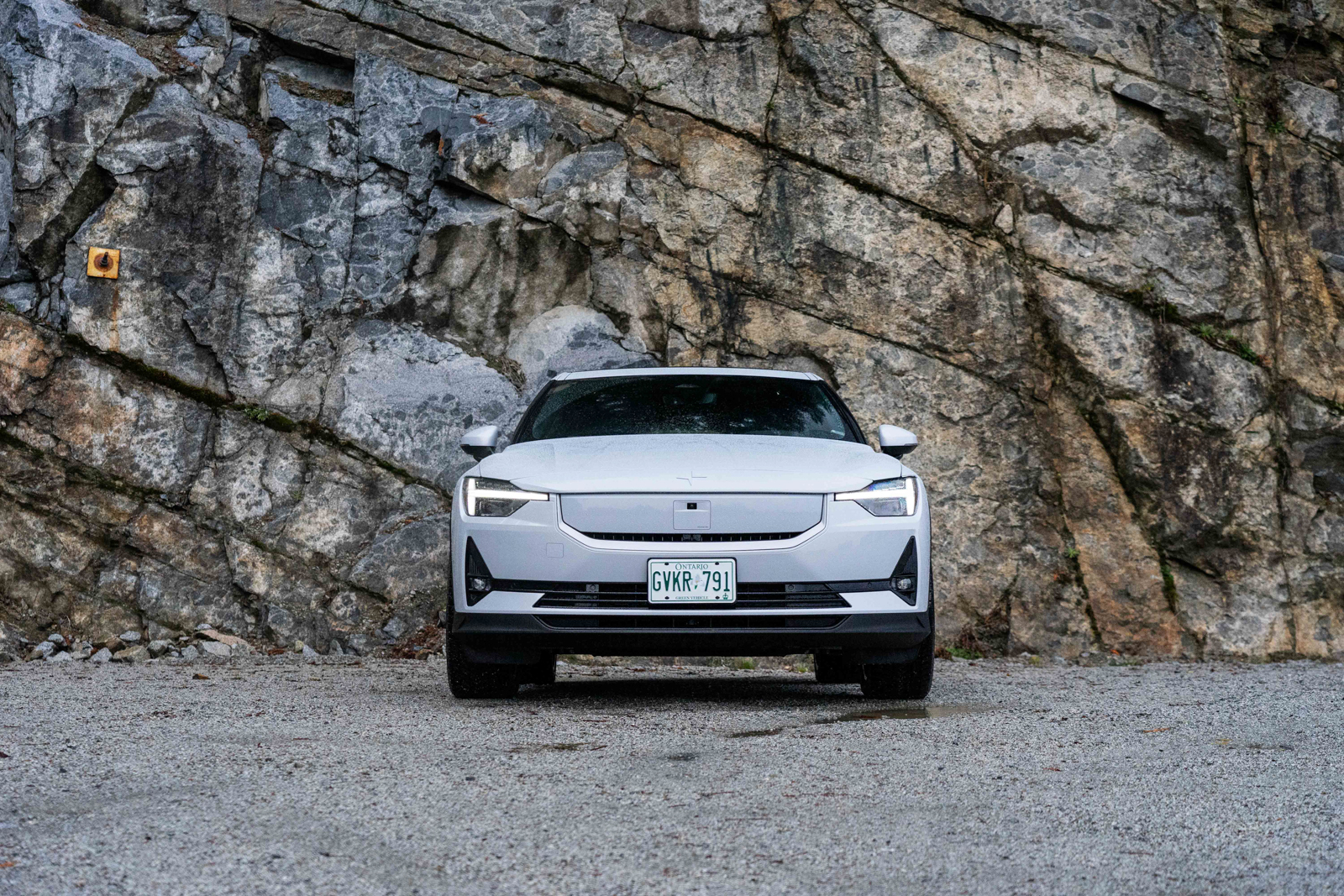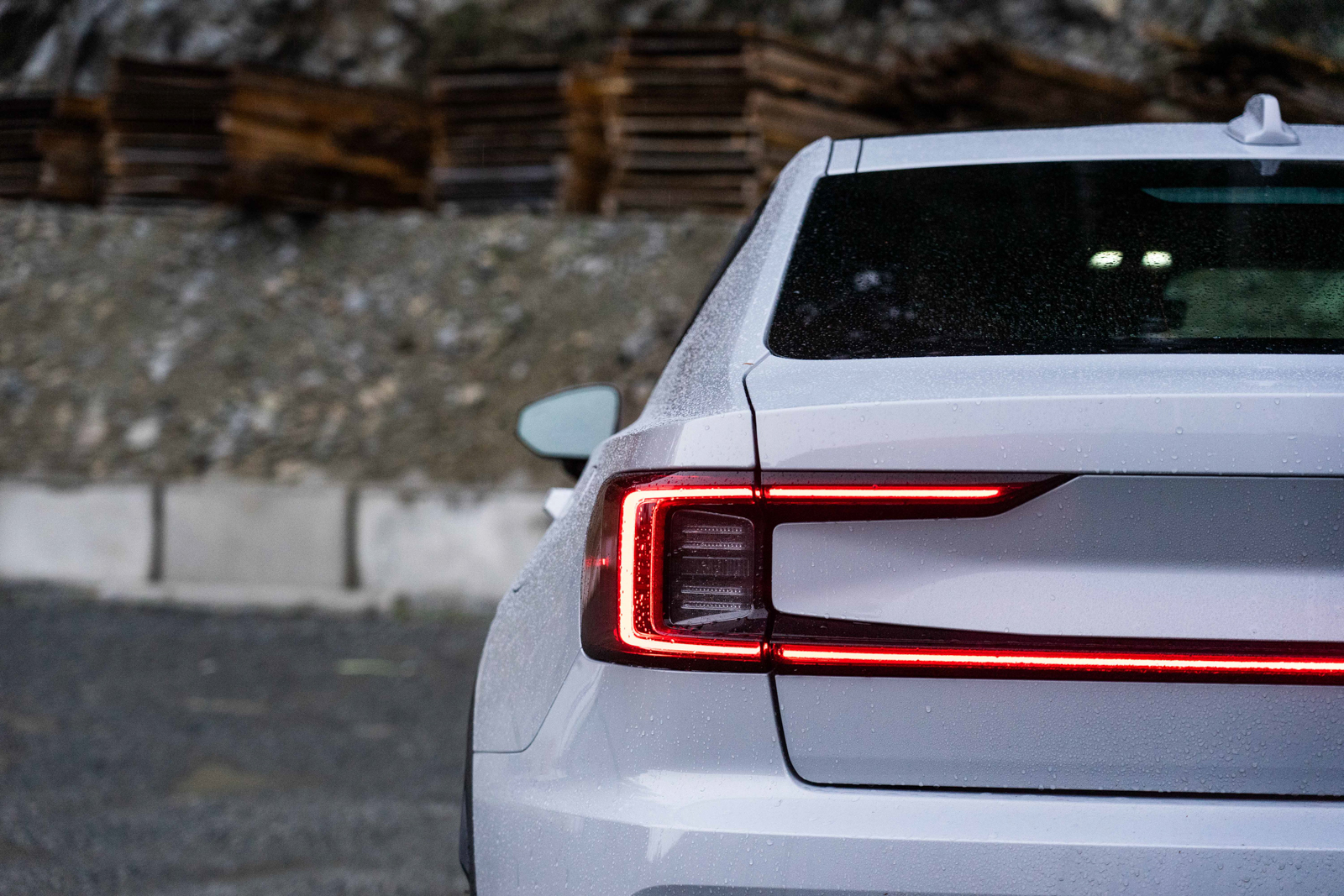Four years ago, a sleek electrified flagship coupe heralded the arrival of a new player in the performance and luxury automobile market. That car was the Polestar 1, a powerful plug-in hybrid. Just 1,500 were made, but this small fleet established a beachhead for the later fully electric Polestar 2 and the just-launched Polestar 3. But what exactly is a Polestar, how is the company intertwined with Volvo, and how does it fit into the growing EV market?
“We’re a Swedish electric performance car brand committed to the shift to sustainability,” says Polestar Canada head Hugues Bissonnette, prefacing the company line by saying, “The roots of the company are important, starting in the racing industry.”
This clean-lined, chunkily elegant EV murmurs minimalist Scandinavian design, but the badge on its nose stretches back to a more Viking-infused heritage. In its earliest days, the company operated as Flash Engineering, Volvo’s official team partner in touring-car racing. Those days were all about fire belching from exhausts, tires bouncing off racing curbs, and a boxy blue-and-white Volvo wagon trading paint around the circuit with BMWs and Mercedes.

If you are not familiar with Volvo’s history, learning that the company actually sent one of its wagons racing is a bit like finding out that Ikea has a combat division. Volvos are nice, safe, sensible, and Swedish. But Erik the Red was Swedish too. Especially when turbocharging is involved, Volvos can be plenty feisty.
And the feistiest of them all were those prepared by Polestar. The company officially launched as Polestar Racing in 2005, and it partnered with Volvo to tune road-going cars in 2009. The tie-up can be thought of as analogous to the relationship between Mercedes and AMG, though there are a few differences.
For one thing, Polestar-tuned Volvos are much more subtle than some of the German performance machines. For a long time, the only way you could spot them was by a small blue tile on the back. The partnership with Volvo still stands, and indeed you can buy a Volvo V60 T8 engineered by Polestar, a hybridized station wagon with 455 horsepower. The tile on the back is now white.

But while Volvo and Polestar are still closely linked, the two companies are distinct. Mercedes absorbed AMG long ago, even hyphenating the two names together on its performance models. Polestar, like Volvo, is owned by the Chinese automaking giant Geely. Headquarters remain in Gothenburg, Sweden, where Polestar models are designed, and the cars are produced in Chengdu, China. The process is similar to the way iPhones are designed in Cupertino but built across the Pacific.
While the Polestar 1 was a limited-run introduction for the brand as a stand-alone newcomer, the Polestar 2 took things mainstream. This particular single-motor example has 295 horsepower (Polestar expresses this figure as 220 kW), a battery size of 82 kWh, and an impressive maximum range of 515 km.
Two dual-motor, all-wheel-drive Polestar 2 versions rank above this rear-wheel-drive entry model, including one with performance-oriented upgrades. Even without the extra power and sporty add-ons, this lifted sedan is a hoot to drive. It rides well and has plenty of grip, and the way it surges forward on a wave of electric torque is grin-inducing.

Inside, it’s a blend of minimalist layout and comfort. The cloth is a durable nylon that resists wear. The digital display is backed by Google functionality, including voice recognition. The feel is very Swedish, but with a few features that are a little more Tesla—for instance, there is no on-off switch. Just get in and go.
According to Bissonnette, the Polestar 2 has already taken root in the Canadian market, with sales doubling year over year. Interest on the eco-conscious West Coast is to be expected, but he adds that Montreal is Polestar’s strongest Canadian market thus far.
By 2026, Polestar plans to put five performance EVs on the market. It’s an aggressive plan, and at the recent Polestar Day in mid-November, company executives laid out their roadmap. The Polestar 3, which still has Volvo underpinnings, is a handsome crossover with a little more utility than the 2. The Polestar 4 sedan will be a sleeker cousin to the 3, and it entirely does away with a rear window thanks to a digital rearview camera. The Polestar 5 is a more performance-oriented EV sedan to take on the likes of the Porsche Taycan.

Perhaps most exciting is the Polestar 6 concept. A jaw-dropping performance roadster with 2+2 seating, the 6 doesn’t have a release date yet, but it will be Polestar’s most ambitious model yet.
At present, you can physically engage with Polestar’s lineup in three locations: two in eastern Canada, and the just-opened Polestar Space on Burrard Street in Vancouver. There are plans to build more of these facilities, but Bissonnette says his company has a list of other priorities. “We need to have sufficient service centres for our customers—the service has to come first.”
This kind of thoughtful Scandinavian approach, backed up by the might of Geely, should serve Polestar well. Two years in the future, when several models will be displayed in showrooms, perhaps the Polestar badge won’t require any further explanation.










